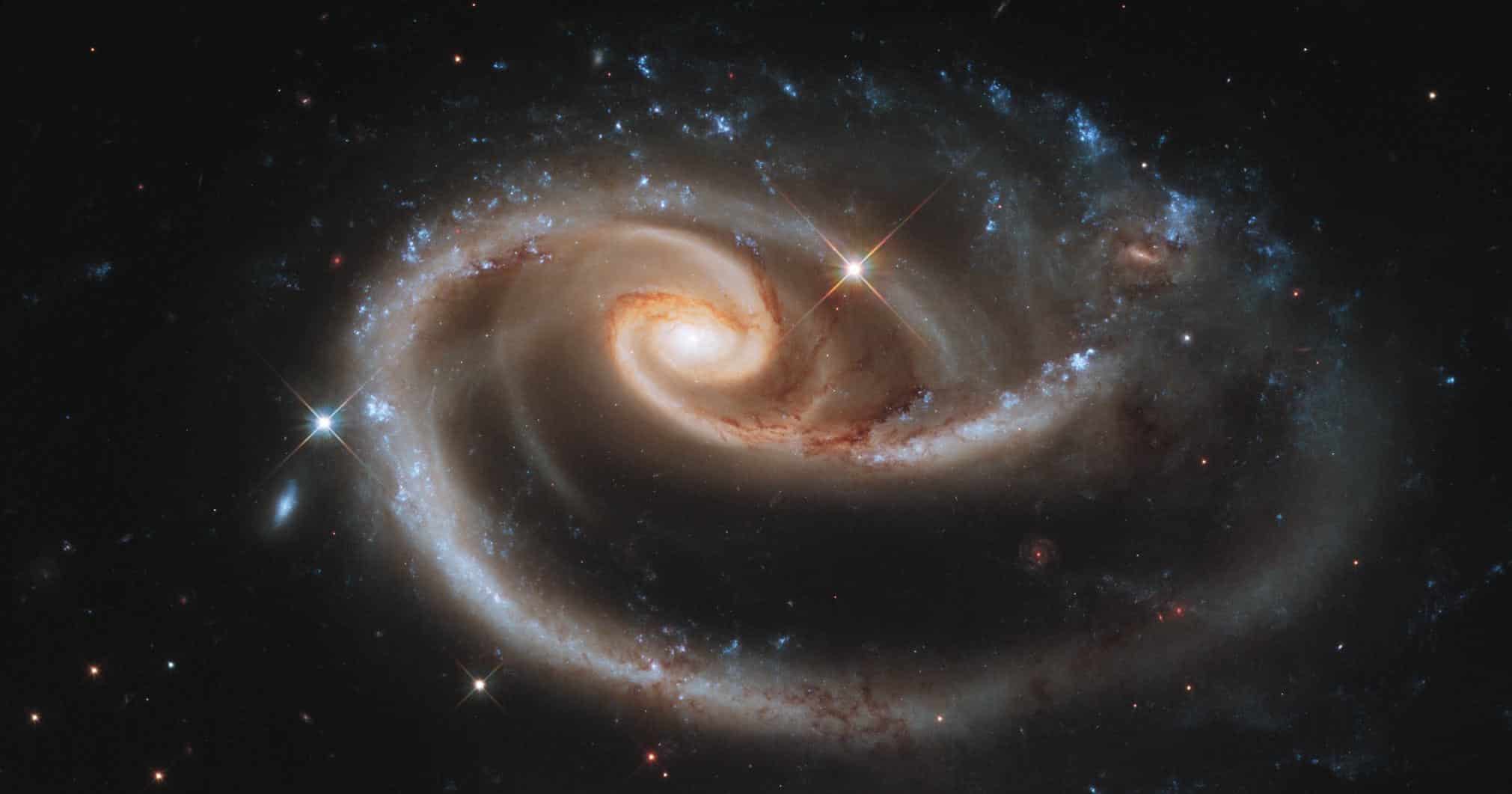 Intelligent Design
Intelligent Design
 Physics, Earth & Space
Physics, Earth & Space
What’s Next in the Search for Habitable Worlds?

Are we common or rare? You can be on either side of the question and still be excited about the search for habitable planets capable of harboring life. On this episode of ID the Future, host and amateur astronomer Eric Anderson concludes his two-part conversation with Bijan Nemati, professional astronomer and expert on exoplanet search technology, to review the history of exoplanet research and share key details about upcoming NASA missions. Nemati is currently one of the lead scientists for the coronagraph instrument on the Roman Space Telescope, slated to launch within the next few years, and is also closely involved in early planning for the next-generation Habitable Worlds Observatory, which will be focused specifically on identifying signs of life on a small selection of exoplanets.
In Part 2, Nemati discusses how the Roman Space Telescope and the Habitable Worlds Observatory will work together to identify and study the most promising exoplanets. What’s the optimal location for a space telescope? How will these next-generation instruments overcome challenges like space dust and damage from micro-meteorites? What is star shade technology, and how will it help? Nemati answers these questions and more in this exciting preview of what’s coming next in the search for habitable planets.
Evidence from cosmology and physics over the last century suggests Earth is indeed rare in the vastness of the universe. The closer we can get to exoplanets, the clearer our picture of Earth’s uniqueness is likely to get.
Find the podcast and listen to it here. This is Part 2 of a two-part conversation. Listen to Part 1.
Dig Deeper
Enjoy these previous episodes featuring Dr. Nemati:
